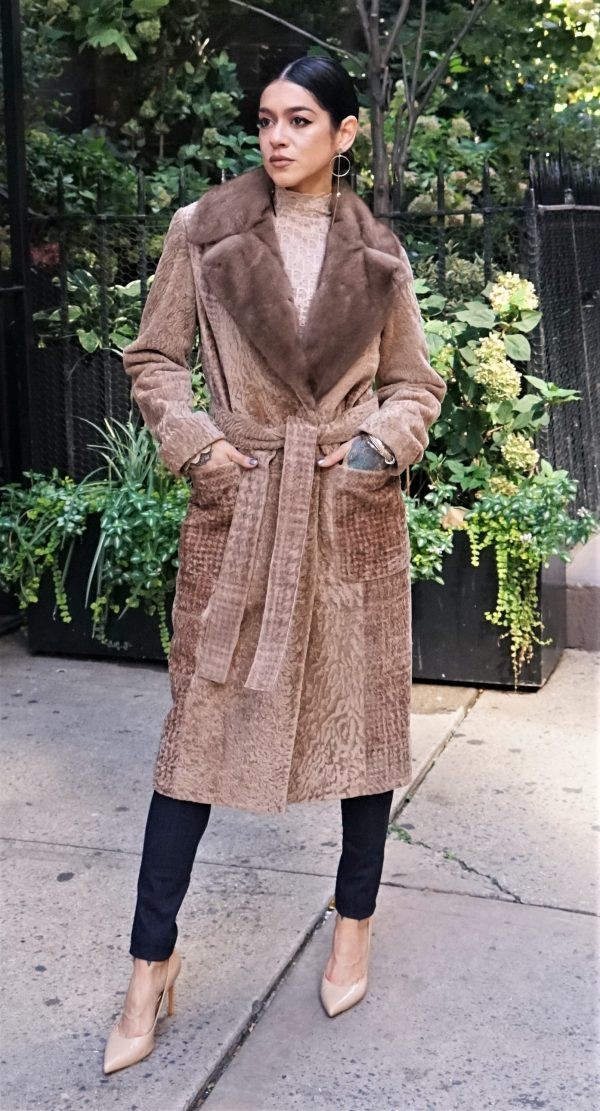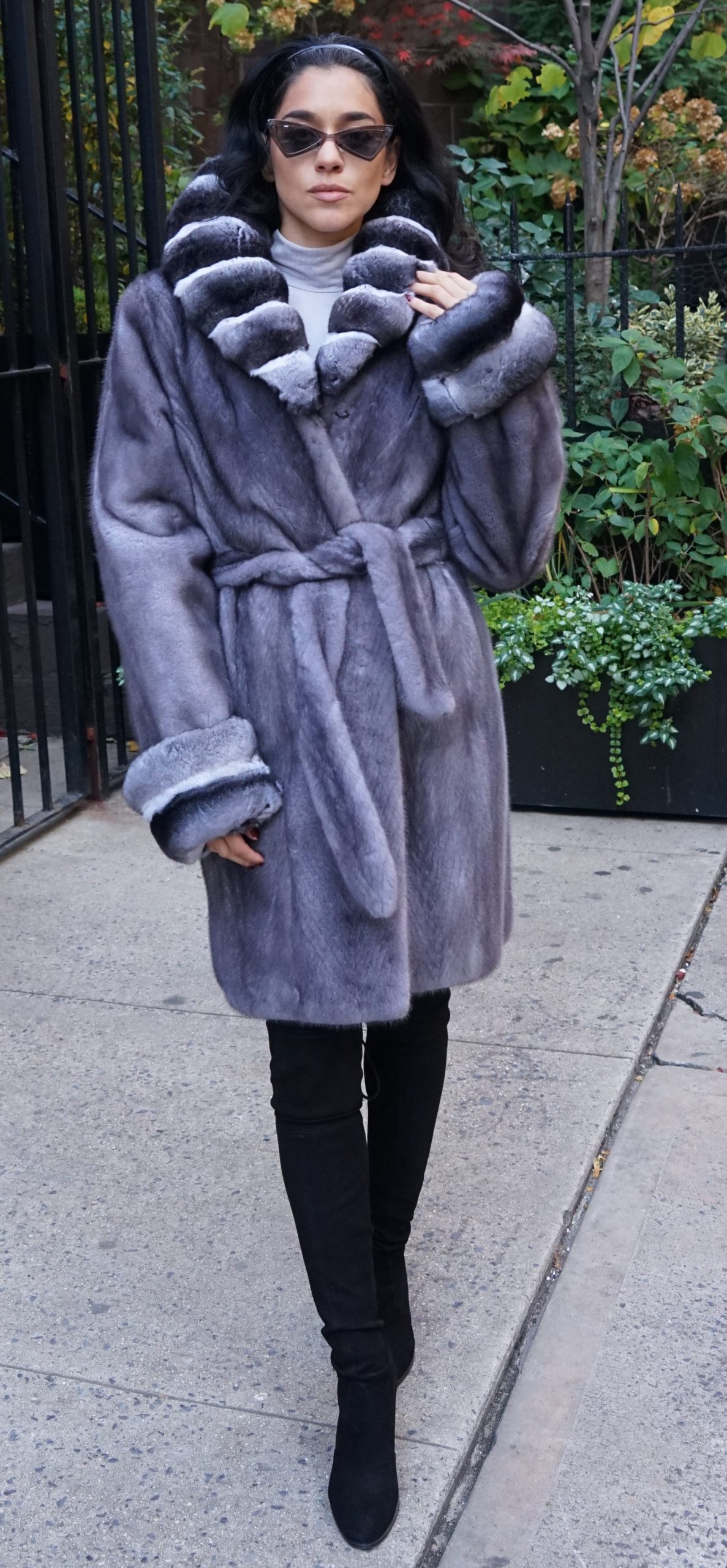Fur Fashion 101: an Insight Into the World of Fur!
If you’re new to the world of furs, check out this blog to learn more about their history and how far they’ve come. This blog will also discuss real and faux fur, and how to tell if the fur is real. So, without further ado, let’s cover a complete introduction to the world of furs for you, keep reading! Fur fashion an insight into the world of fur.
History Of Fur
Fur is, without a doubt, the oldest type of apparel. Furs were worn in the 11th century as a mark of riches and high social position. Royal families used fur in Europe to display power in the shape of capes, jackets, and other accessories.
Chinchilla, sable, and mink fur were the most common furs they wore. As the 1300s approached, laws were enacted defining which social classes were permitted to wear a particular kind of fur. This drew a sharp divide between the various classes and demonstrated each person’s authority and social status.
Later, in the late 1800s, the demand for furs skyrocketed, resulting in the establishment of fur farms. The fur coats worn at the time did not resemble the fur jackets worn now. Men’s fur coats were lined with fur on the inside and had different fabrics on the exterior instead of fur.
Fur lined collars, cuffs, and hems on women’s fur coats. Fur coats were also frequently featured in films, which helped to increase their popularity. During the late 1950s, fur became more accessible and inexpensive. As a result, it was also worn by several celebrities outside of the movie industry.
Camel Shearling Coat Belted Mink Collar 5585
Image alt text: A woman wears a stylish Camel Shearling Coat, which gives her a trendy look
As a result, designers began to create a variety of casual fur designs, and fur coats became shorter, allowing people to style them with casual clothing and wear them at any time of day. Fur fashion an insight into the world of fur. In addition, fake fur, often known as faux fur, entered the scene almost ten years later, in the 1960s, leading fur coat prices to drop and become even more accessible.
Let’s look at the differences between natural and artificial fur now that we’ve learned about the history of fur.
Real Fur And Faux Fur
The first distinction between real and faux fur is that real fur comes from animal pelts, as the name implies. On the other hand, Faux fur manufacturers use environmentally damaging materials such as nylon, polyester, and acrylic to produce furs.
They’re mostly made of plastic, and we’ve all heard about how plastic pollutes our lands and oceans. But, did you know that plastic research identified plastic inside the bodies of more than 60% of seabirds and 100% of sea turtles? In addition, plastic takes hundreds of years to degrade, so you can be sure that it will not decompose anytime soon if you throw away your faux fur coat.
Black and Brown Woven Knit Mink Vest
Image alt text: A woman wears a Black and Brown Woven Knit Mink Vest over a plain white shirt and black jeans.
Natural animal fur is a renewable resource that is also eco-friendly. If you throw away your actual fur coat, it will most likely degrade in a year or less. Fur coats with real fur offer a distinct advantage over imitation fur coats. Fur fashion an insight into the world of fur. When it comes to patterns, synthetic fur can’t match mother nature’s inherent beauty.
There is a distinction to be made—your one-stop shop for all things fur. The same is true when it comes to the feel of the fur or the warmth it provides. A real fur coat is silky soft to the touch, and warm enough to keep you warm during the coldest months of the year. Meanwhile, imitation furs can only provide minor warmth in the cold, and the feel isn’t delightful.
Is It Real Fur?
Faux fur is abundant on the market. Non-furriers may sell you a faux fur coat masquerading as a natural fur coat. Unfortunately, these faux furs have advanced to where they appear and feel quite natural, and you might easily be duped.
Assume, however, that your purpose is to solely hunt for actual fur accessories, such as fur jackets. If that’s the case, keep reading to learn about the tactics and strategies for determining if the fur you’re looking at is real or not.
1. Touch Test
This is the simplest telltale trick you can use. First, touch the fur; regardless of the decoration, it should feel silky. Furthermore, artificial fur is not as soft as one would want and is harsh to the touch. They usually come from polyester or acrylic, none of which are as good as real fur. As a result, use your fingertips to run through the fur.
2. Hair Test
The hair on your fur coat should taper off to a very fine tip if it’s genuine. Real fur has a very silky feel, starting with dense hair and sparse hair. So, you may rest assured that the fur is genuine.
Blue Iris Mink Stroller Chinchilla Collar Cuffs 6636
Image alt text: A woman wears a beautiful Blue Iris Mink Stroller with black jeans
3. Label Test
Check the label on the inside of the coat or any other adornment. In most cases, the designation is accurate. As a result, it should state the country of origin and the brand name if it’s genuine. This is a sure clue that the fur you’re buying is genuine and functional. Also, keep an eye out for fur accessories that are missing their tags. They are frequently a warning sign.
4. Burn Test
Although this is an unmistakable warning sign, we would never advise you to conduct it unless you have permission and are in a secure location. You may set a fire in the hair of your fur accessories; if they smell like burnt hair, you’re dealing with real fur. Fur fashion an insight into the world of fur. On the other hand, if the fur smells like plastic, that’s faux, and the manufacturer duped you! Everything you need to know about real fur is right here. You should inspect the fur item before purchasing it.
5. Lining Test
Another telltale indicator is the lining test. Nonetheless, we would not advise you to do so, especially if you are in a store and have not yet purchased the fur item. Fur coats frequently contain zippers and particular apertures that allow you to touch the coat’s internal lining.
However, there are times when there are no openings, so what should you do? As a result, you may need to cut your lovely coat. You’ll notice a smooth leather underbelly if the furrier produced the fur coat from real fur or animal pelts. Before making any purchase, keep these ideas in mind. We don’t want you to throw your money away in something unreal!
Conclusion
We understand your desire for fur. Marc Kaufman Fur has the most extensive collection of real fur coats. Our line is a blend of elegance and timelessness. Furthermore, we have a huge selection of fur accessories to satisfy your desire for fur-related items. Don’t fall for faux fur in search of a real one! Thus, make sure you buy from the most reputable and legitimate furrier in the United States. Contact us today!


